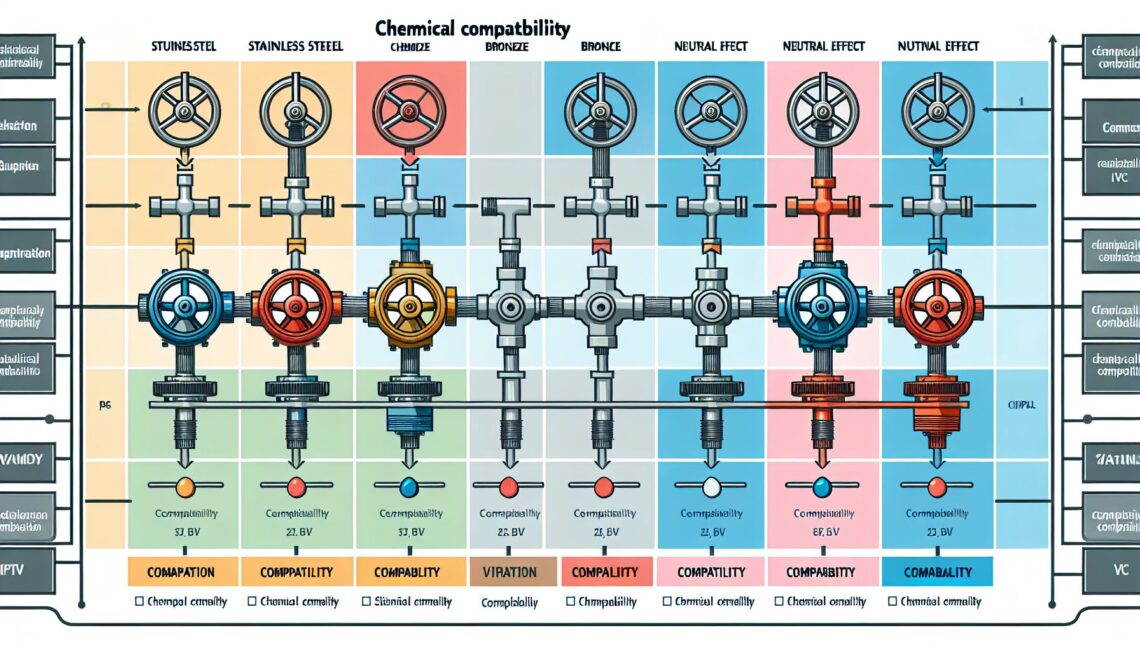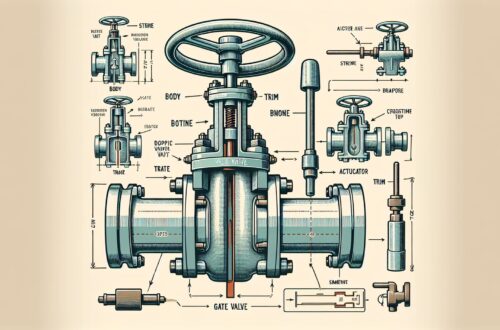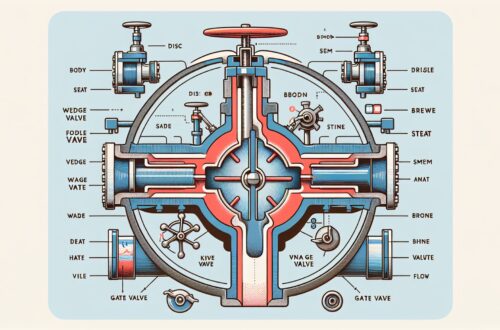
Chemical Compatibility in Valve Selection
Valve selection requires thorough knowledge and understanding of various factors that directly impact their functionality and durability. One such crucial factor is the chemical compatibility of the materials used to construct a valve with the fluid it handles. For this insightful piece, we’ll dive deep into understanding chemical compatibility, its importance in valve selection, and the implications of disregarding it.
What is Chemical Compatibility?
Before proceeding to its importance in valve selection, let’s understand the essence of ‘Chemical Compatibility’. We can define chemical compatibility as the ability of certain materials to resist degradation or any physical alteration when exposed to specific chemicals. The objective is to ensure these materials can function effectively and safely when used in environments with these chemicals [^1^].
Significance of Chemical Compatibility in Valve Selection
Valve selection is an integral part of processes in industries like wastewater treatment plants, chemical plants, and petroleum refineries. These valves come in direct contact with several kinds of chemicals and are expected to perform optimally without succumbing to the harsh chemical environment.
Here, the knowledge and understanding of chemical compatibility come into play. It ensures the selection of a valve built with materials that resist chemical reactions or degradation over time. Ignoring compatibility can result in equipment failure, leaks, blowouts, or even major calamities posing a threat to human lives and the environment [^2^].
Chemical Compatibility Factors to Consider in Valve Selection
While considering chemical compatibility in valve selection, one must bear in mind different factors, such as:
-
Nature of the Fluid: Understand the nature of the fluid. Different fluids can have distinct chemical properties that may react uniquely with various valve materials.
-
Temperature and Pressure: Also significant are the temperature and pressure levels the valve will be exposed to during operation. Some materials may react differently to chemicals at different temperatures.
-
Frequency of Exposure: Depending on the valve’s usage, the duration and frequency of its exposure to specific chemicals may influence its compatibility.
-
Material of Construction: This is one of the most crucial factors in considering chemical compatibility. The material used to make the valve must resist the specific chemicals it is going to be exposed to in service.
Implications of Disregarding Chemical Compatibility
-
Equipment failure: An incompatible material might corrode when exposed to certain chemicals, leading to leaks, valve failure, and a potentially dangerous situation.
-
Shortened lifespan: Even if the valve continues to function, its lifespan will be considerably shortened due to the constant corrosive attacks on the material
-
Increased expenses: The constant need to replace the faulty valves leads to additional expenses further increasing the operational expenditures.
-
Environmental impact: In severe cases, ignoring chemical compatibility can lead to numerous environmental consequences, particularly in industries dealing with hazardous substances [^3^].
Conclusion
In conclusion, every small factor matters during the valve selection process. Chemical compatibility shouldn’t be overlooked as it can contribute to safety concerns, excessive costs, and a shortened lifespan of the equipment. Be smart about your valve selection and you’ll definitely reap the reward in terms of safety, longevity, and efficiency in your operations.
[^1^]: ‘Chemical Compatibility Guide’. Graco Inc. http://www.graco.com/us/en/in-plant-manufacturing/resources/chemical-compatibility-guide.html
[^2^]: ‘The importance of chemical compatibility’. The Engineer. https://www.theengineer.co.uk/chemical-compatibility/
[^3^]: ‘Material Compatibility with Industrial Process Fluids’. ISA Automation. https://www.isa.org/intech/20200301/
Note to editors: Markdown doesn’t support footnotes directly, but this is an example of how you might manually add them in a similar style.




